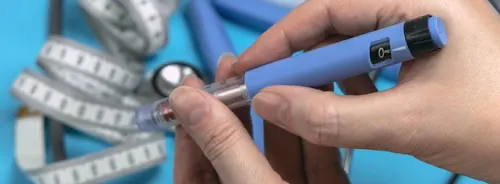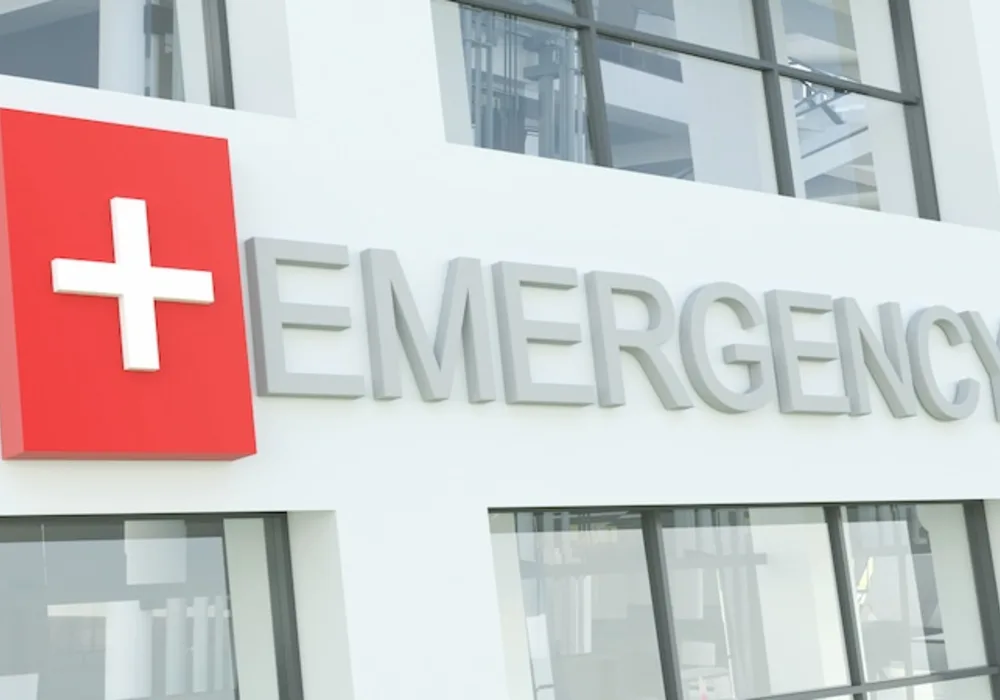Specialised emergency departments (EDs) are emerging, focusing on specific patient populations such as oncologic, geriatric, or orthopaedic cases. Advocates argue that these specialised centres can provide more targeted and cost-effective care. They may alleviate pressure on general EDs while potentially improving overall care quality. However, the financial implications and broader impacts of this trend remain uncertain.
A new review analysed recent data and consulted experts to explore the trajectory of specialised emergency care.
A cancer urgent care centre was established at the Smilow Cancer Center at Yale University. This 6-bed facility, operational from 7 a.m. to 11 p.m. daily, was founded in 2017 adjacent to the inpatient medical oncology centre, with convenient access to radiology imaging and laboratory services. The primary objective was to reduce hospitalisations, particularly as ED visits represented a significant cost burden for cancer patients, who are more likely to be admitted than non-cancer patients.
The clinic's success stemmed from its specialised focus on oncology patients and staff trained specifically for their management. By having dedicated providers, the centre optimised diagnostic procedures and treatment plans for cancer-related conditions, such as vomiting, nausea, dehydration, pain, pneumonia, and sepsis, which are common reasons for ED visits among cancer patients. This focused approach enabled outpatient management of many cases that would otherwise lead to hospitalisation, including titrating cancer medications to alleviate severe pain, thereby increasing the likelihood of discharge.
Furthermore, the close collaboration between the oncology ED and oncologists facilitated prompt follow-up care, reducing unnecessary admissions. This contrasts with general EDs, where there may be a tendency to admit patients despite negative diagnostic results. The rapid evolution of cancer treatments, particularly immunotherapy, poses additional challenges for general ED physicians, requiring specialised knowledge and expertise to ensure quality care.
Institutions like the Wexner Medical Center in Columbus, Ohio, are also using dedicated oncology "pods" within their EDs, staffed with specialists attuned to the complexities of cancer care.
A 2021 paper from the Smilow Center revealed that their cancer urgent care centre led to a decrease in regular ED visits. Tracking ED visits over two identical 4-month periods before and after the centre's opening, researchers observed a reduction of 5 fewer visits to the general ED per 100 patients, signifying a notable but significant change. Similarly, a study from the Fox Chase Cancer Center in Philadelphia, which established its urgent care centre in 2011, showed comparable results, with increased use of the specialty urgent care associated with fewer general ED visits. The Fox Center study also demonstrated significant cost savings, with an average charge of $2,221 per case in the urgent care unit compared to $10,261 in the general ED. Funding from Medicare and Medicaid enabled the Smilow Center to recover its expenses through regular outpatient billing.
Geriatric EDs, which specialise in patients aged 65 years and older, have gained traction as a response to the unique needs of older adults. Accredited by the American College of Emergency Physicians, these EDs aim to identify and address issues specific to geriatric patients, promoting better coordination with primary care physicians and caregivers. With approximately 450 accredited geriatric EDs in the U.S., studies are now evaluating their effectiveness.
A study published in June 2023 compared outcomes between geriatric and general EDs, analysing over 6 million visits. Geriatric EDs exhibited higher diagnosis rates for conditions like urinary tract infections, dementia, and delirium, along with shorter lengths of stay, possibly due to streamlined collaboration with care coordinators. Although discharge and revisit rates were similar, these findings suggest improved outcomes and highlight the ability of EDs to implement complex interventions for older adults.
Furthermore, studies demonstrate cost savings associated with geriatric EDs. Research from the University of California San Diego revealed significant reductions in admissions and revisits, leading to average cost savings of $2,344 per patient. Given the substantial proportion of ED visits by older adults and the projected growth of this demographic, integrating geriatric EDs into standard care protocols could yield substantial healthcare savings and improve outcomes.
Challenges in patient education persist, as seen in reports from centres like the University of Texas Southwestern's cancer urgent care centre. Despite efforts to inform patients, only a fraction of eligible individuals use the facility. However, those who do often find it highly satisfactory, suggesting that once experienced, the benefits of specialty care centres become evident.
The future acceptance and growth of specialty EDs depend on continued outcomes research, particularly regarding patient-centred and financial outcomes. While existing reports highlight positive outcomes, more emphasis is needed to demonstrate the value of these centres to patients and payers alike.
Experts remain optimistic about the future of specialty EDs, viewing them as potentially becoming the standard of care. Dr. Southerland believes the interventions designed to assist older adults benefit all patients, indicating a broader impact beyond specialised populations. As such, she anticipates that specialty EDs will become the norm in emergency care.
Source: Annals of Emergency Medicine
Image Credit: iStock
References:
Brouillette M (2024) Are Specialty Emergency Departments the Future of Emergency Care? Oncology- and Geriatric-Focused Emergency Departments Hope to Improve Care, Lower Costs. Annals of Emergency Medicine. 83(5):PA9-PA12.






